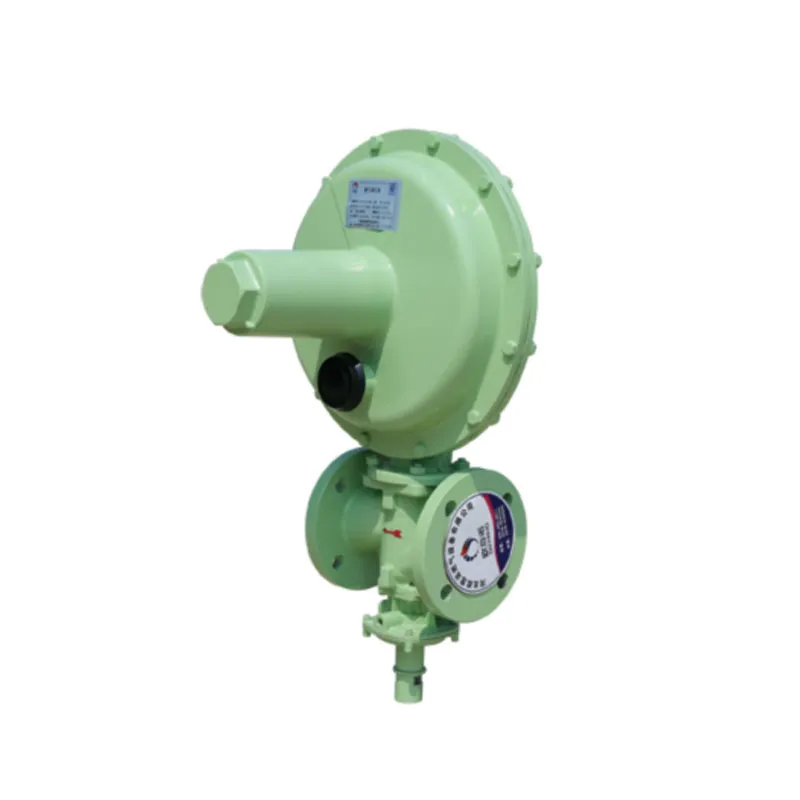
Nov . 01, 2024 12:51
Back to list
Gas Pressure Regulator for Efficient Energy Management and Safety Compliance
Understanding Gas Pressure Reducing Valves
In various industrial applications, maintaining the appropriate pressure of gases is crucial for safety, efficiency, and performance. Gas pressure reducing valves (PRVs) are essential devices used to control and lower the pressure of gas from a high-pressure source to a lower-pressure system, ensuring smooth operations in countless applications ranging from residential to industrial.
What is a Gas Pressure Reducing Valve?
A gas pressure reducing valve functions by taking high-pressure gas, usually from a main supply line, and reducing it to a set output pressure. This is necessary because many equipment and appliances require specific pressure levels to operate efficiently and safely. Without proper pressure regulation, appliances can be damaged, leading to costly repairs or potential hazards, including leaks or explosions.
.
These valves use a diaphragm or a piston mechanism to regulate pressure. When gas flows through the valve, it exerts force on the diaphragm, which moves according to the pressure changes. If the output pressure rises above the designated level, the valve closes partially to reduce the gas flow. Conversely, if the pressure falls below the target, the valve opens to allow more gas through.
مخفض ضغط الغاز

Applications of Gas Pressure Reducing Valves
Gas pressure reducing valves are widely used in various sectors, including residential heating, industrial manufacturing, and healthcare. In residential settings, they ensure that natural gas supplied to stoves and heaters is at safe levels. In industrial applications, these valves are crucial for processes that require precise gas pressures to maintain operational efficiency and products' quality. In the healthcare sector, they play a vital role in supplying medical gases to patients at controlled pressures.
Benefits of Using PRVs
The primary benefit of using gas pressure reducing valves is enhanced safety. By regulating gas pressure, these valves help prevent over-pressurization, which can lead to catastrophic failures. Additionally, they improve system efficiency, as they allow equipment to operate within optimal pressure ranges. This can lead to lower energy consumption and reduced operational costs.
Overall, gas pressure reducing valves are indispensable in various applications, ensuring safe and efficient gas usage. As industries evolve and demand for controlled pressure systems increases, the importance of PRVs will continue to grow, making them a critical component in the field of gas management.
Latest news
-
Safety Valve Spring-Loaded Design Overpressure ProtectionNewsJul.25,2025
-
Precision Voltage Regulator AC5 Accuracy Grade PerformanceNewsJul.25,2025
-
Natural Gas Pressure Regulating Skid Industrial Pipeline ApplicationsNewsJul.25,2025
-
Natural Gas Filter Stainless Steel Mesh Element DesignNewsJul.25,2025
-
Gas Pressure Regulator Valve Direct-Acting Spring-Loaded DesignNewsJul.25,2025
-
Decompression Equipment Multi-Stage Heat Exchange System DesignNewsJul.25,2025

